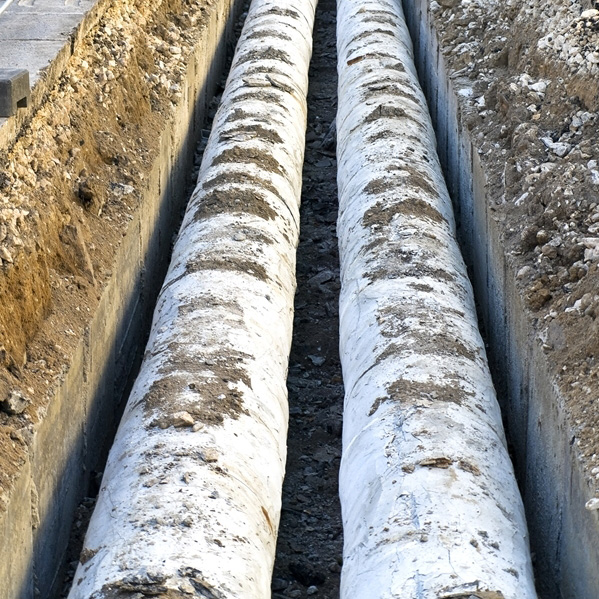Can sheep’s wool keep buildings warm, too?

Can sheep's wool keep buildings warm, too?
Researchers have had initial success using waste wool and recycled polyester fibers (RPET) as an environmentally-friendly alternative for building insulation, a recent study finds.
Original Paper:
Patnaik, Asis, et al. "Thermal and sound insulation materials from waste wool and recycled polyester fibers and their biodegradation studies." Energy and Buildings 92 (2015): 161-169. DOI: http://dx.doi.org/10.1016/j.enbuild.2015.01.056
Thermal insulation is critical to enhancing the energy efficiency of a building, protecting it from heat loss in the winter and excessive gain in the summer. However, traditional building insulation is made out of glass fibers, a potential carcinogen. Also, it is created from petroleum-based resources, a leading contributor to global carbon emissions and climate change. One possible alternative is waste wool.
A recent study focuses on the opportunity to use waste wool as an insulation alternative. A team of researchers led by Asis Patnaik from The Council for Scientific and Industrial Research (CSIR) in South Africa conducted a study to assess the potential of using waste wool as a building insulation materials. The results have been published in Energy and Buildings.
To study the performance of alternative insulation materials, the authors developed several sample mats made from waste wool and recycled polyester fibers, or RPET. Mats were tested for heat, sound, and moisture absorption, as well as fire resistance properties. According to the study, the sample made from a one-to-one mix of waste wool and RPET matched the performance of traditional insulation materials. This new material could be a safer and more environmentally friendly alternative for roof ceiling insulation and other applications such as wall insulation.
Since large quantities of waste wool are not readily available, the researchers mixed waste wool fibers with RPET to form a two-layer mat. The waste wool/RPET mat performed well as an alternative material. They found that it is able to provide effective heat insulation while delivering fire protection and sound and moisture absorption. Even high humidity did not negatively affect the material's performance.
However, using RPET creates additional environmental concerns. RPET contains polyester fibers that are unlikely to degrade naturally; however, it is recyclable. The researchers subsequently conducted a test to see how the new insulation would break down in the natural environment. Although roughly two-thirds of the mat was found to degrade after 50 days, the polyester fibers remained mostly intact. As expected, the recycled plastic components prevent this alternative building material from being fully compostable.
A full assessment is still needed to see if the waste wool/RPET material can help to lower a building's carbon footprint by reduce energy consumption through heating and cooling, the authors write. Nevertheless, waste wool and recycled polyester insulation could be a cost-effective and locally sourced green building material.




